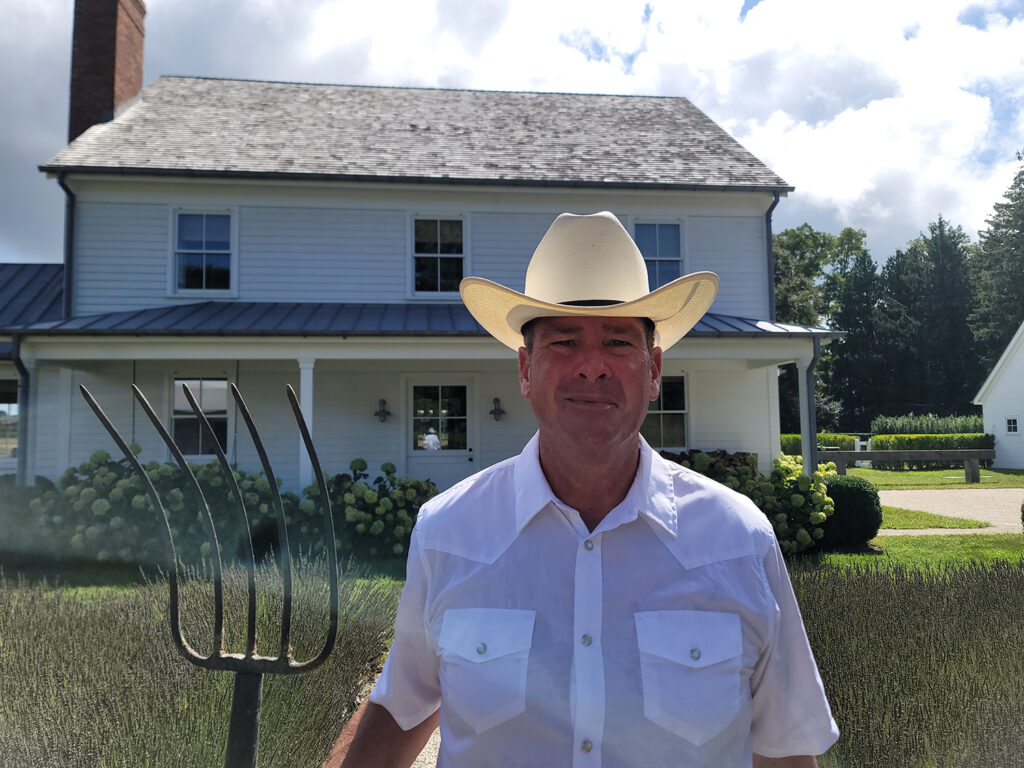Shelter Island Reporter editorial: No time to waste — on water

We’ve been reminded a lot in recent weeks that fish kills are a regular occurrence in these parts and aren’t anything new.
These comments are being made mostly to cast doubt on assertions by scientists and other researchers that high nitrogen levels and the resulting algal blooms are to blame for depleted oxygen levels in area waters — hence all the dead fish. Yes, local environmental organizations have used recent fish kills to push their agendas — albeit noble ones — and figure out how to prevent such high levels of nitrogen from reaching our waters in the future.
But they’re doing so for good reason.
There were bunker kills in 2008 and 2009 as well — and there’s no denying that massive kills have been happening for as long as anyone around here can remember. But it’s also a fact that for generations, Long Islanders from Brooklyn to Montauk have been polluting our waters with chemicals, fertilizers and, if you go back far enough, even raw sewage.
Just because people weren’t talking about nitrogen in the 1960s or 1970s doesn’t mean it didn’t play a part in fish kills back then. It’s only recently that researchers have been able to identify nitrogen — most of it coming from our wastewater — as the culprit responsible for the unhealthy state of our estuaries and shellfish.
The passage of the Clean Water Act of 1972 and the funding that followed it, along with fertilizer restrictions and more efficient sewer treatment plants, have improved the state of our bays and Long Island Sound. But it’s all been a zero-sum game in the face of nonstop residential and commercial development.
With development came people and their outdated septic systems — all sending more waste into groundwater and surrounding surface waters. Deny that or not, but wouldn’t common sense dictate we shouldn’t go to the bathroom where we drink?
People on Shelter Island, as well as more rural areas of Riverhead and Southold, are right to be wary of installing more public sewers, because that often leads to more housing, but we can’t have it both ways. The movement now is toward figuring out more efficient methods of filtering our residential waste, and doing so in a way that’s financially feasible.
Keeping our most precious resource as clean as possible is a goal worthy of time, attention and, most of all, government funding — because it’s clear that developing, installing and maintaining newer technologies is going to be expensive.








